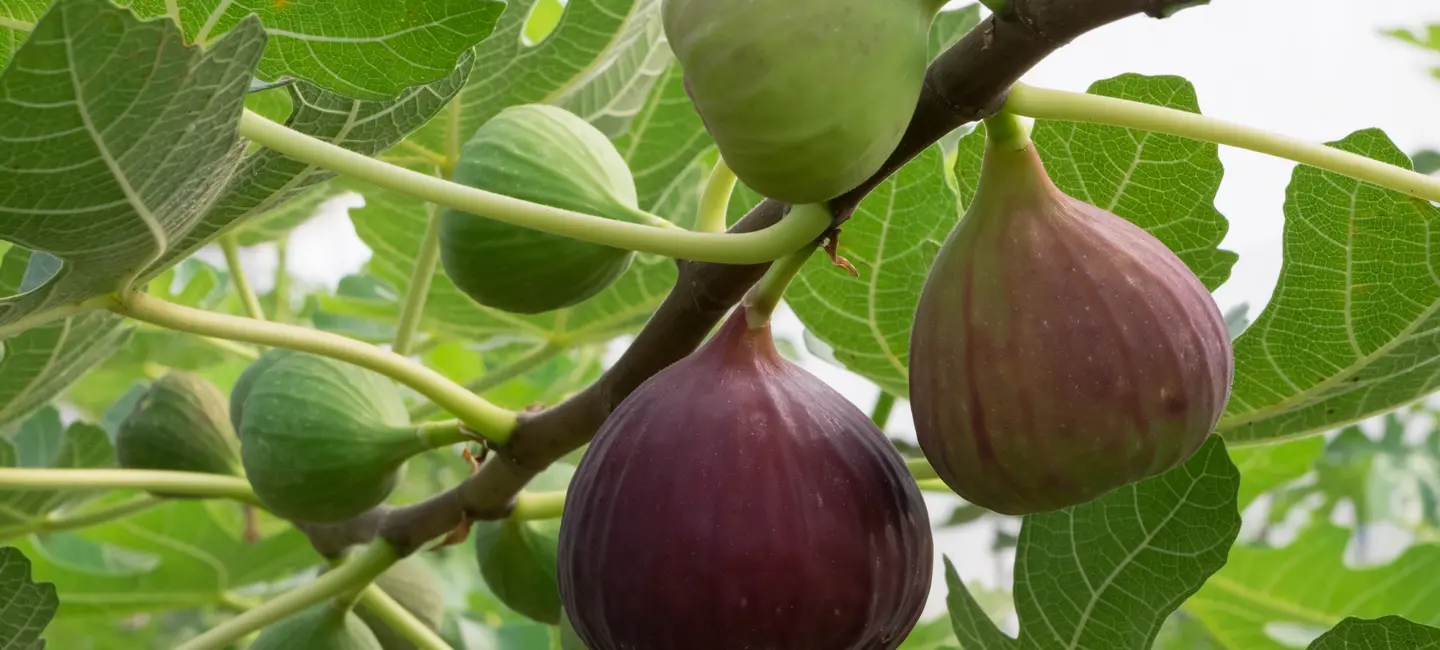
Fig (Ficus carica) is a tree native to the Mediterranean. It produces a popular fruit. The fruit, leaves, and root are also used to make medicine.
Fig leaf and fruit contain chemicals that might help move food through the intestines better. It also contains chemicals that might help control blood sugar and cholesterol levels.
People use fig for constipation, diarrhea, diabetes, eczema, and many other conditions, but there is no good scientific evidence to support these uses.
Is It Effective?
There is interest in using fig for a number of purposes, but there isn’t enough reliable information to say whether it might be helpful.
Is it Safe?
When taken by mouth: Fresh and dried fig fruit are commonly consumed in foods. Fig fruit paste is possibly safe when used as medicine for up to 8 weeks. There isn't enough reliable information to know if fig leaf is safe or what the side effects might be.
When applied to the skin: Fig leaf is possibly unsafe. It can cause the skin to become extra sensitive to the sun, leading to sunburn.
Special Precautions & Warnings:
Pregnancy and breast-feeding: Fresh and dried fig fruit are commonly consumed as foods. There isn't enough reliable information to know if fig is safe to use in larger amounts as medicine when pregnant or breast-feeding. Stay on the safe side and stick to food amounts.
Allergies. People who are sensitive to mulberry, natural rubber latex, or weeping fig might have allergic reactions to fig.
Surgery: Fig might lower blood sugar levels. This might interfere with blood sugar control during and after surgery. Stop using fig as medicine at least 2 weeks before a scheduled surgery.
Insulin
Interaction Rating=Moderate Be cautious with this combination.
Fig leaf might decrease blood sugar. Insulin is also used to decrease blood sugar. Taking fig leaf along with insulin might cause your blood sugar to be too low. Monitor your blood sugar closely.
Medications for diabetes (Antidiabetes drugs)
Interaction Rating=Moderate Be cautious with this combination.
Fig leaf might lower blood sugar levels. Taking fig leaf along with diabetes medications might cause blood sugar to drop too low. Monitor your blood sugar closely.
Herbs and supplements that might lower blood sugar: Fig leaf might lower blood sugar. Taking it with other supplements with similar effects might lower blood sugar too much. Examples of supplements with this effect include aloe, bitter melon, cassia cinnamon, chromium, and prickly pear cactus.
There are no known interactions with foods.
Fresh and dried fig fruit are commonly eaten. As medicine, there isn’t enough reliable information to know what an appropriate dose of fig might be. Keep in mind that natural products are not always necessarily safe and dosages can be important. Be sure to follow relevant directions on product labels and consult a healthcare professional before using.
Al-Tin, Anjeer, Arbre à Cariques, Caricae Fructus, Common Fig, Feigen, Ficus carica, Figs, Figue, Figuier, Figuier de Carie, Figuier Comestible, Figuier Commun, Figuier Domestique, Higuera.
Information on this website is for informational use only and is not intended to replace professional medical advice, diagnosis, or treatment. While evidence-based, it is not guaranteed to be error-free and is not intended to meet any particular user’s needs or requirements or to cover all possible uses, safety concerns, interactions, outcomes, or adverse effects. Always check with your doctor or other medical professional before making healthcare decisions (including taking any medication) and do not delay or disregard seeking medical advice or treatment based on any information displayed on this website.
© TRC Healthcare 2024. All rights reserved. Use and/or distribution is permitted only pursuant to a valid license or other permission from TRC Healthcare.
